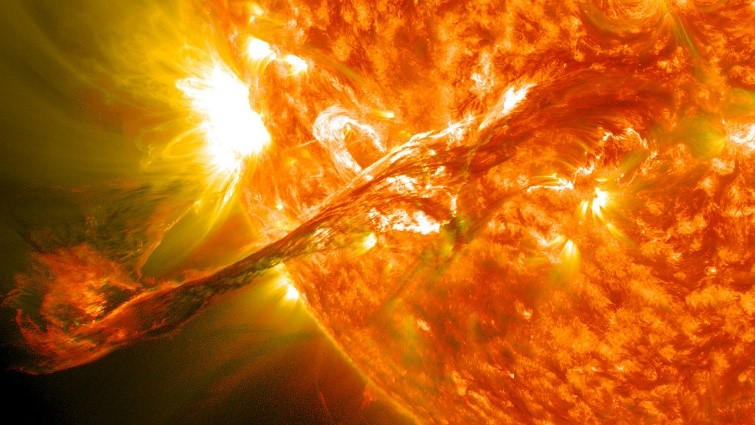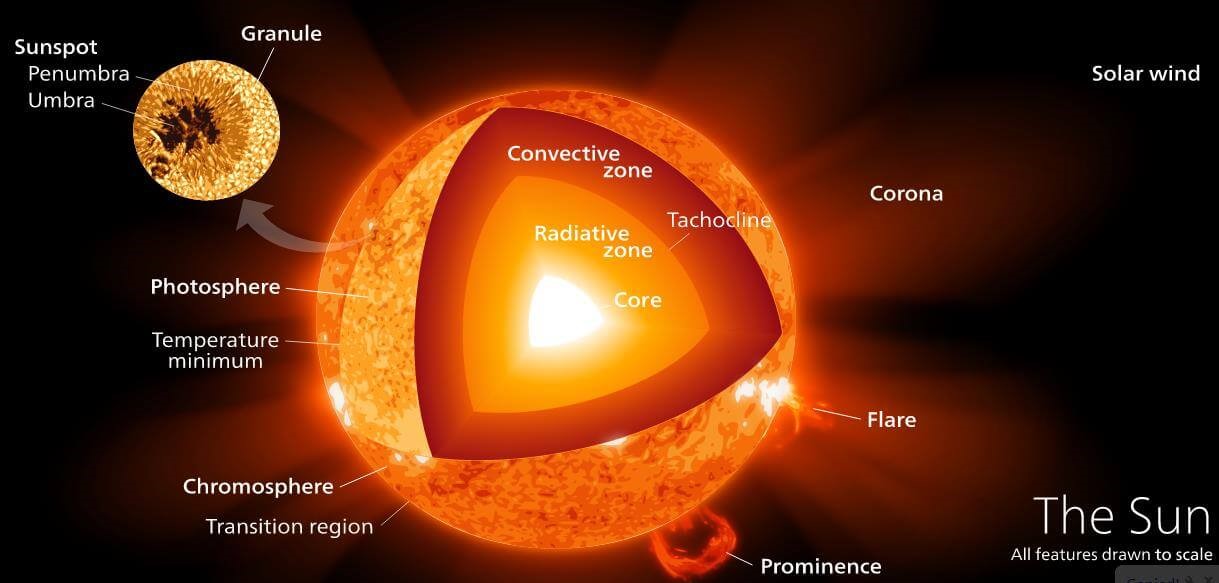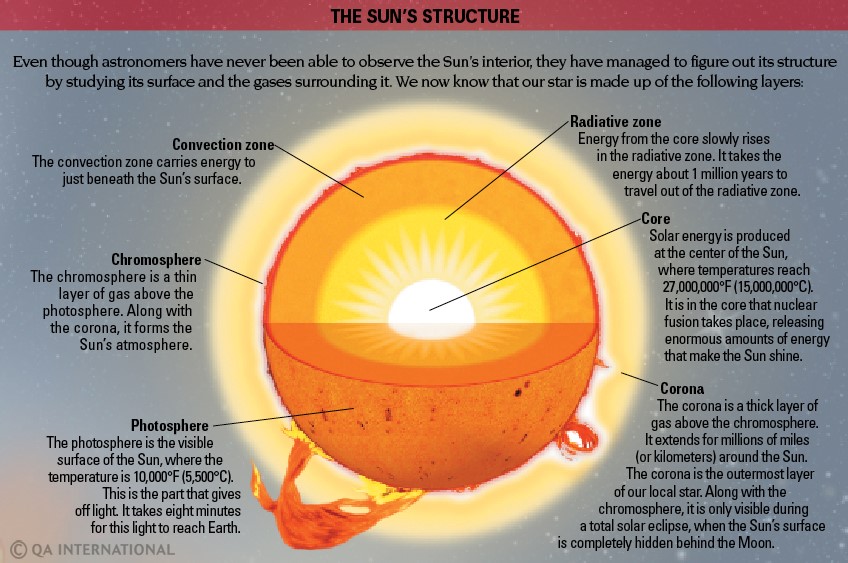Free Courses Sale ends Soon, Get It Now


Free Courses Sale ends Soon, Get It Now



Disclaimer: Copyright infringement not intended.
Context
Details
About Solar Prominence


|
PRACTICE QUESTION Q. What are the characteristics of Solar Crown Prominence? Explain the structure of the Sun. |
© 2024 iasgyan. All right reserved